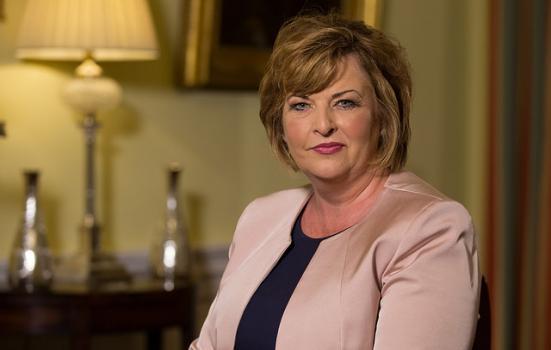A public consultation to inform the Government’s upcoming Culture Strategy also criticised the lack of diversity across the arts workforce.

The arts funding system in Scotland favours organisations with established networks and people from privileged backgrounds, the Scottish Government has been told.
The sector is also characterised by a lack of diversity at “all levels of cultural delivery and decision-making” and increasing levels of competition for funding.
The assertions were made at a series of public meetings held last year, which will inform the Scottish Government’s upcoming Culture Strategy. A summary report of the meetings, published last week, highlights public opinion relating to arts funding, access, education, evidencing impact and international working.
Arts workers and members of the public have called for increased funding for the arts, and for “a paradigm shift in how culture is valued across society and government”.
Inequality
Cultural inequality emerged as a key theme throughout the discussions, with most of the 400 contributors across nine public ‘Culture Conversations’ suggesting opportunities to experience culture are limited in the country. Barriers to accessing the arts include poverty, poor health and disability, geography and transport, and language.
The report notes a widely held view that arts institutions could be more pro-active in widening participation and accessibility by employing people from a greater variety of backgrounds. Some attendees also expressed a view that organisations in Scotland’s central belt – home to cities including Glasgow and Edinburgh – receive preferential treatment and opportunities that are not extended rurally.
Attendees at the meetings called for the notion of ‘culture’ to be expanded “to allow the everyday and informal, grassroots and emerging forms of culture to be held in equal value with the more visible, formal and established”.
As such, the consultation finds the strategy should be “ambitious, bold, radical and dynamic” and should “establish greater parity between art forms and cultures”.
Sustaining and promoting culture
At “almost all” of the Culture Conversations, education and creative learning were raised as key to supporting the future of culture in Scotland, alongside recognition of the pressures and challenges facing young people including social deprivation and attainment.
The Scottish Government has been urged to promote the value of creative learning from early years onwards, and many expressed a desire for arts and music specialists to be retained in schools “as far as possible”.
Similarly, there was a widespread concern that funding may not increase at the same rate as competition, and that culture is not as valued as other policy areas as budgets are “among the most vulnerable in terms of cuts” in times of austerity.
To counter this, attendees called for “increased, secure and longer-term funding for culture,” which they said would help retain talent in Scotland. There were also calls for “smaller pots of funding” to specifically support grassroots activity.
Announcing the strategy last year, Scottish Culture Secretary Fiona Hyslop said the process would “reimagine how we think about culture in our country”.
“More than anything, the strategy is an opportunity for us to position culture as a human right, where the right to creative expression, the right to participate and the right to earn a living from artistic and cultural pursuits is widely recognised across society,” she added.
The strategy will be published later this year.




